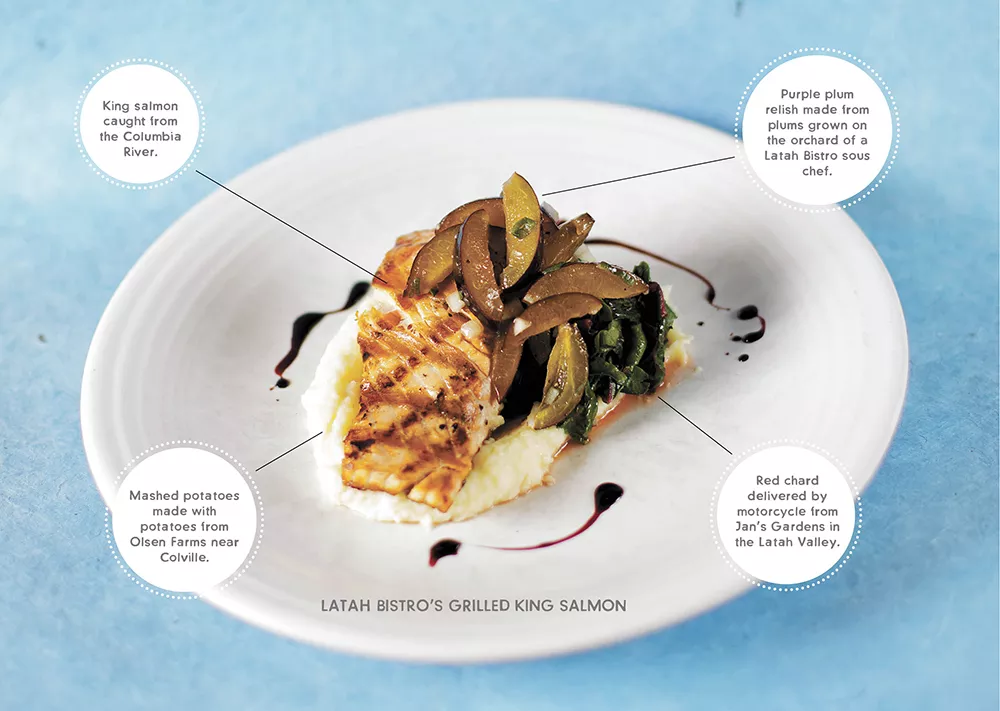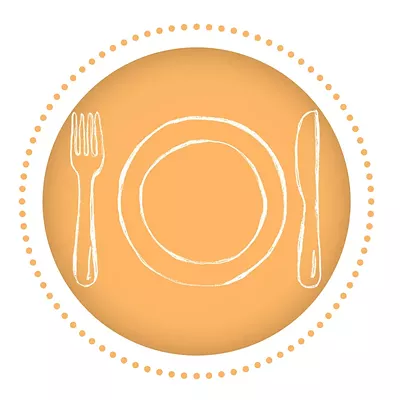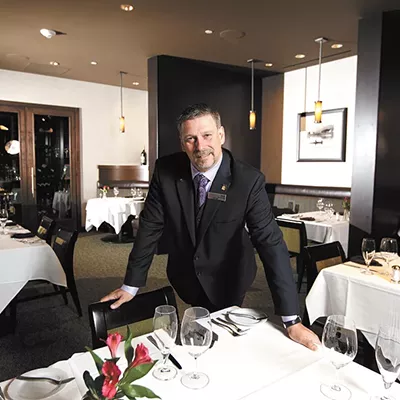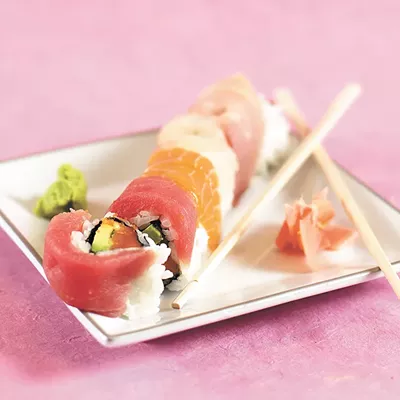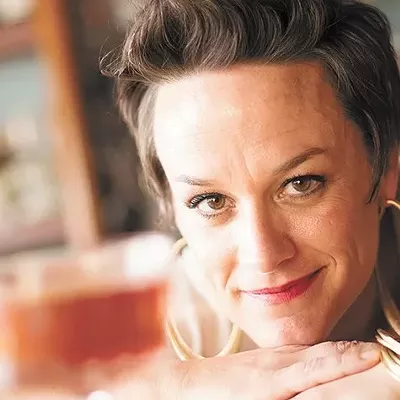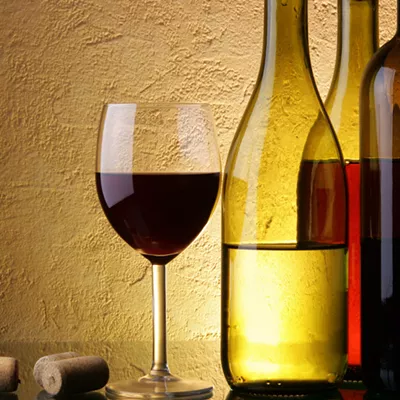On any given day of the growing season, a local farmer might drop into Latah Bistro with a load of mushrooms, greens, carrots, tomatoes or even beef or pork.
"A lot of our farmers just come right through our door and just set it right there," says Latah's executive chef Sean Payne pointing to the counter. "And we buy it from them. Basically, it's that easy. We've kind of had the reputation of always using local and fresh, so we don't have to call anybody. They just come right to our door."
Many of the ingredients Payne uses travel just a mile or so from the dirt to the bistro, including herbs and lettuces from Lima Greenhouses and vegetables from Jan's Gardens — both in Latah Valley — or a bit further, like heirloom tomatoes from the Jackson Farm in Spokane Valley.
The trend of sourcing foods locally has emerged over the past several years nationwide in the restaurant industry for many environmental, health and economic reasons, but Payne says his favorite part of bringing in local produce is the superior flavor.
"It's just strong and powerful," he says. "You have to cook it less because it's just so fresh."
For Zachary Stone, the executive chef at Luna, using local foods is about recognizing the great things that are happening close to home.
"I feel that people take a lot of pride in knowing that their area — the place that they live — is producing the food that they're eating," Stone says. "I think that's much more satisfying than flying something in from South America or Australia."
For many of his ingredients, Stone has only to step out the restaurant's back door. Luna's garden grows things like tomatoes, squash, greens, herbs, beans and berries for the restaurant; the the fruit trees that dot the property produce quinces, apples and cherries. Otherwise, he frequents farmers markets, gets his trout from a sustainable farm in Idaho and beef for his burgers and filet mignon from Double R Ranch, and plans to connect with Northwest farmers this winter so they can grow produce for Luna next season.
"The goal really is to have everything from Oregon, Washington and Idaho with an emphasis on — during peak growing seasons — getting stuff from within the Spokane area," says Stone.
But he admits sourcing local is a challenge, a juggling act of knowing what to get locally and what to bring in from farther away, so he can keep the cost down for customers. Ultimately, though, he says the challenge is worth the reward of saving fossil fuels, supporting the community and getting a fresher product.
"People want to look for a more sustainable option, and I feel that they really want to know where their food is coming from. And they want to know that their food was grown or raised in a respectful way that's respectful to the ingredient itself, but also to mother nature and in the end, healthy for them as well," Stone says. ♦

